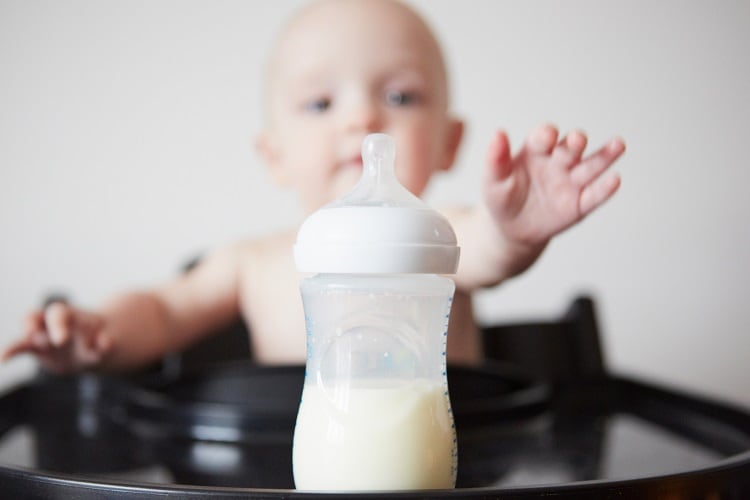In 2019, France’s Directorate-General for Competition, Consumer Affairs and Fraud Control (DGCCRF) investigated the infant formula category. The goal was to determine whether brands were adhering to regulated nutritional composition criteria.
At the same time, the government investigators sought to verify the quality of on- and off-label nutritional declarations for these products.
Fast-forward three years, and the results are in. DCGGRF’s findings reveal that while for the most part, nutritional composition complies with the regulations, the majority of products tested presented with labelling anomalies.
Infant vs follow-on formula
The primary objective of the investigation was to ensure infant and follow-on formula products adhered with composition criteria for the category.
Infant formula, suitable for consumption from birth, is considered the only safe alternative to breast milk. In attempting to mimic breast milk as much as possible, regulations dictate minimum and maximum levels of nutrients that must be included.
According to French food agency ANSES, this is to prevent against malnutrition and metabolic disorders. “In infancy, insufficient intake of energy, protein, fat, minerals, or vitamins can have consequences on the increase in body weight and height, and on cerebral development.
“Insufficient intakes at an early age and prolonged insufficiency increase the severity of effects on the infant.”
Follow-on formula, on the other hand, can be used from six months onwards. It contains the same ingredients as infant formula, but with higher levels of iron and vitamin D.
Scrutinising what’s inside the packet
DGCCRF investigators checked 45 establishments, covering the production stage, mass distribution, and the pharmaceutical circuit. A total of 43 samples, in both powdered and liquid format, were collected.
Technicians carried out 115 analyses covering around sixty parameters, ranging from energy content to composition of macronutrients such as proteins and fats, as well as micronutrients such as vitamins and minerals.
The investigators then compared their findings with the composition outlined by regulations. A total of 35 samples (81%) presented no composition anomaly. Discrepancies between imposed levels of certain nutrients and observed levels were identified in eight samples.
In six cases, a discrepancy concerned just one of the 60 nutrients checked, and in two others, the abnormalities related to three of the nutrients checked.
Does the label match the composition?
The investigators also checked the quality of products’ nutrition declarations on-pack, to ensure that what was said to be in the product, was indeed present. Of the 43 products checked, a majority (84%) contained labelling anomalies.
A total of 31 samples had anomalies related to nutritional declaration only, while five presented discrepancies in nutritional declarations associated with more general labelling anomalies, for example failing to indicate the list of ingredients on an online sales site, or a declaration of vegetable oils in a way deemed likely to mislead the consumer.
“The anomalies related to 1 to 15 nutrients depending on the case, with an average of four nutrients concerned,” noted DGCCRF.
Infant nutrition sector ‘under surveillance’
Overall, the government investigators noted eight abnormalities in the 45 establishments visited. Of those eight, seven were given a warning, and one is the subject of a warning associated with an injunction.
According to DGCCRF, the survey has made it possible to ‘better understand’ the means implemented by companies to define the content of their nutritional declarations.
These include evaluating the content of the product by R&D and Quality departments based on bibliography and technical data sheets, carrying out tests with analyses during production, and setting up a control plan to better understand the composition of each batch of finished product.
For DGCCRF, identifying these ‘shortcomings’ associated with brands’ nutritional declarations mean that the sector will continue to remain ‘under surveillance’.



